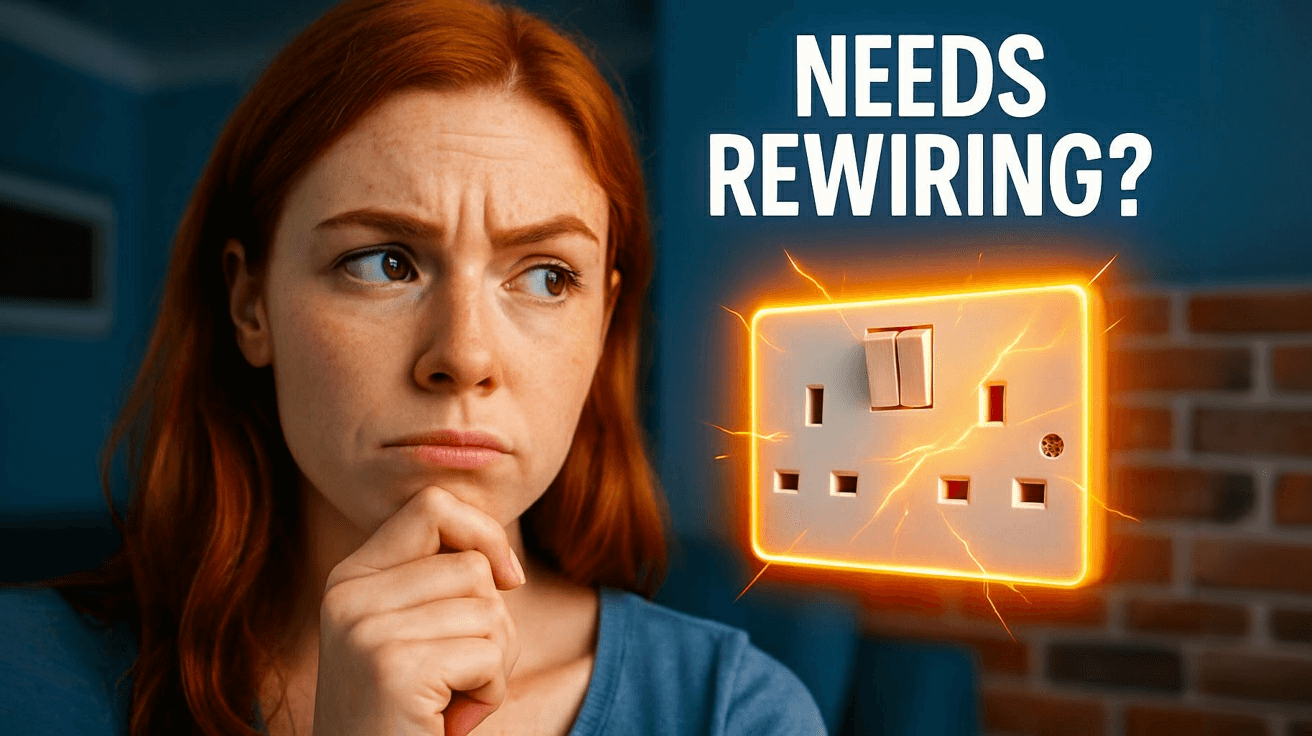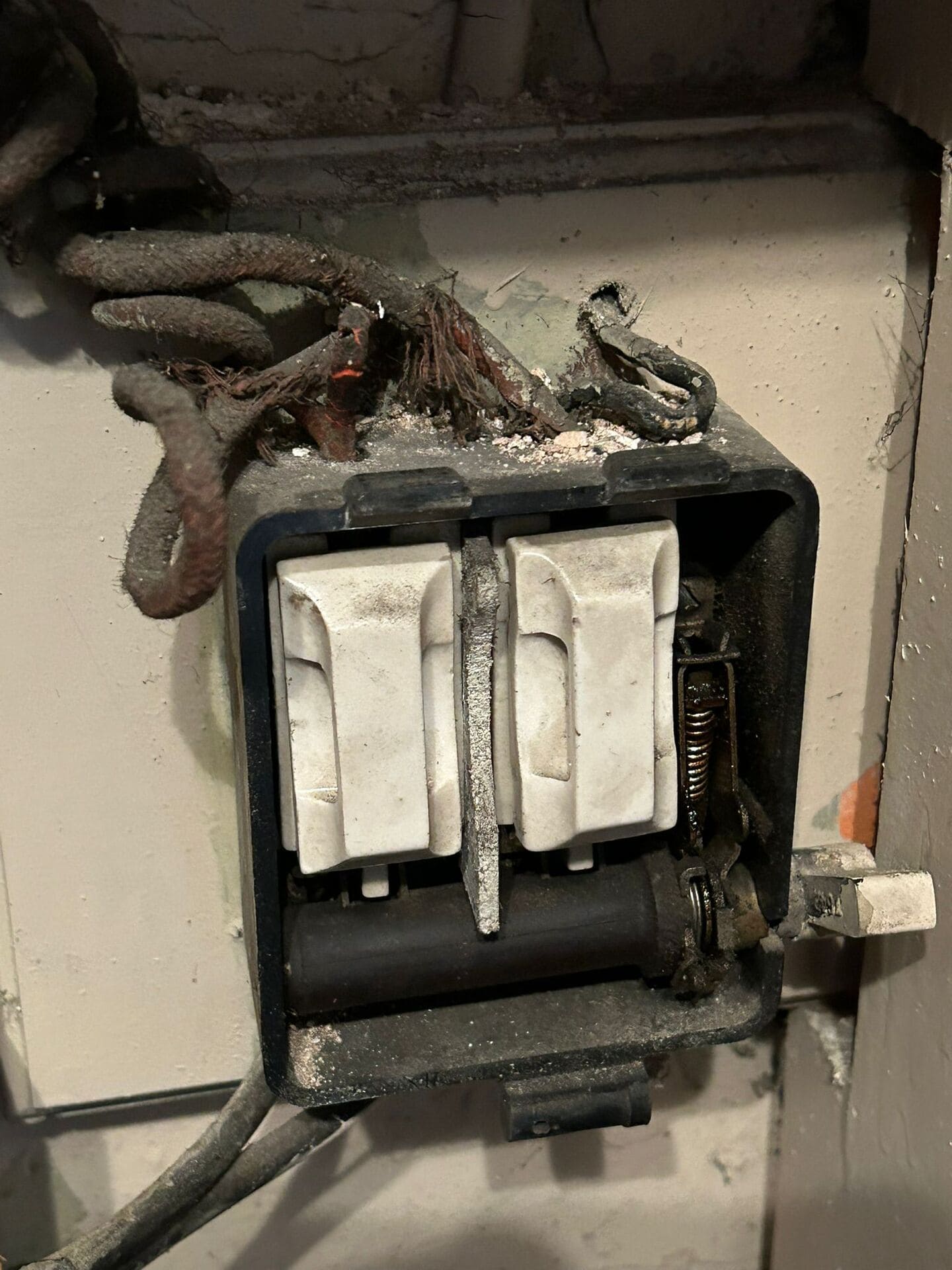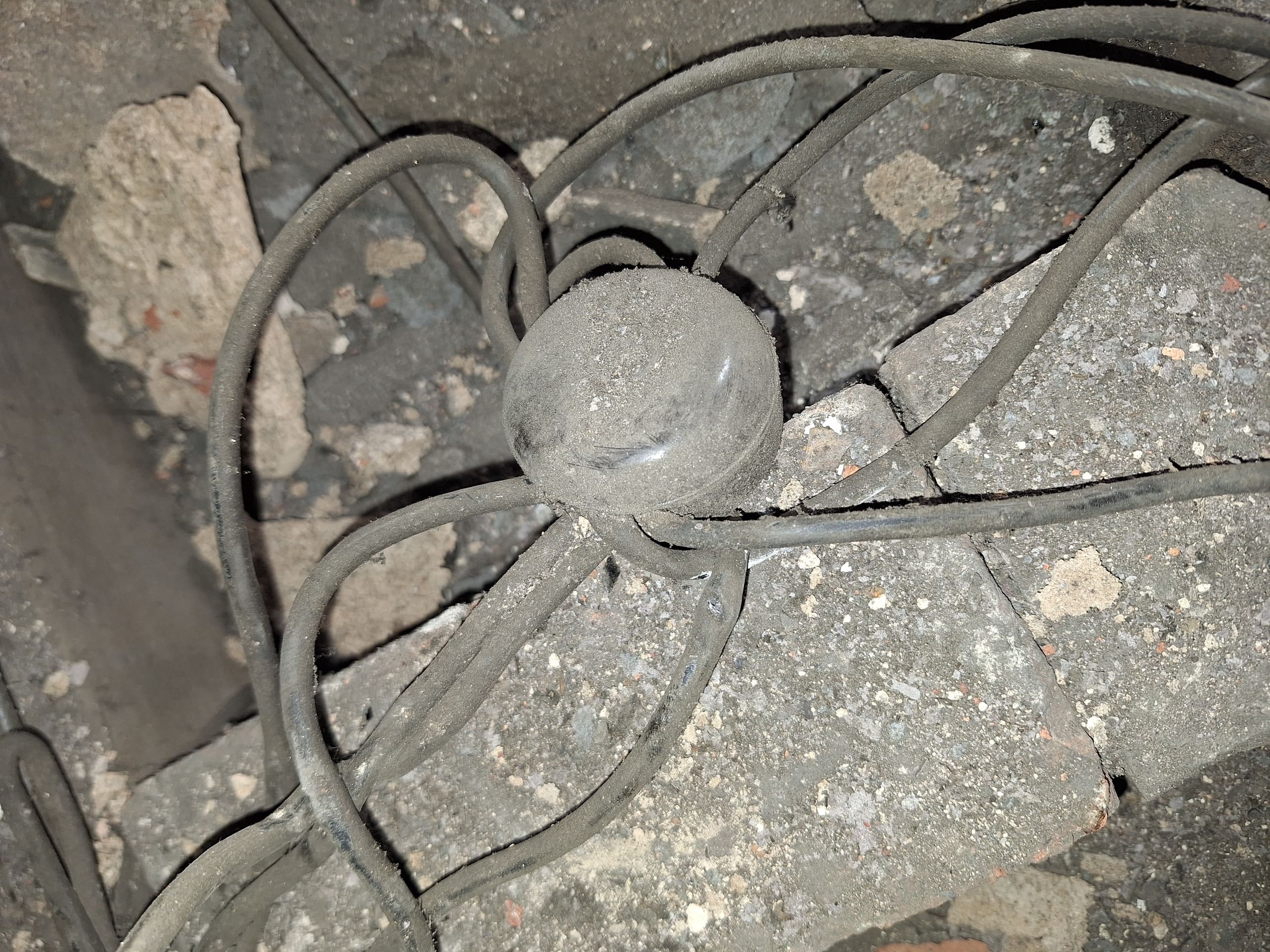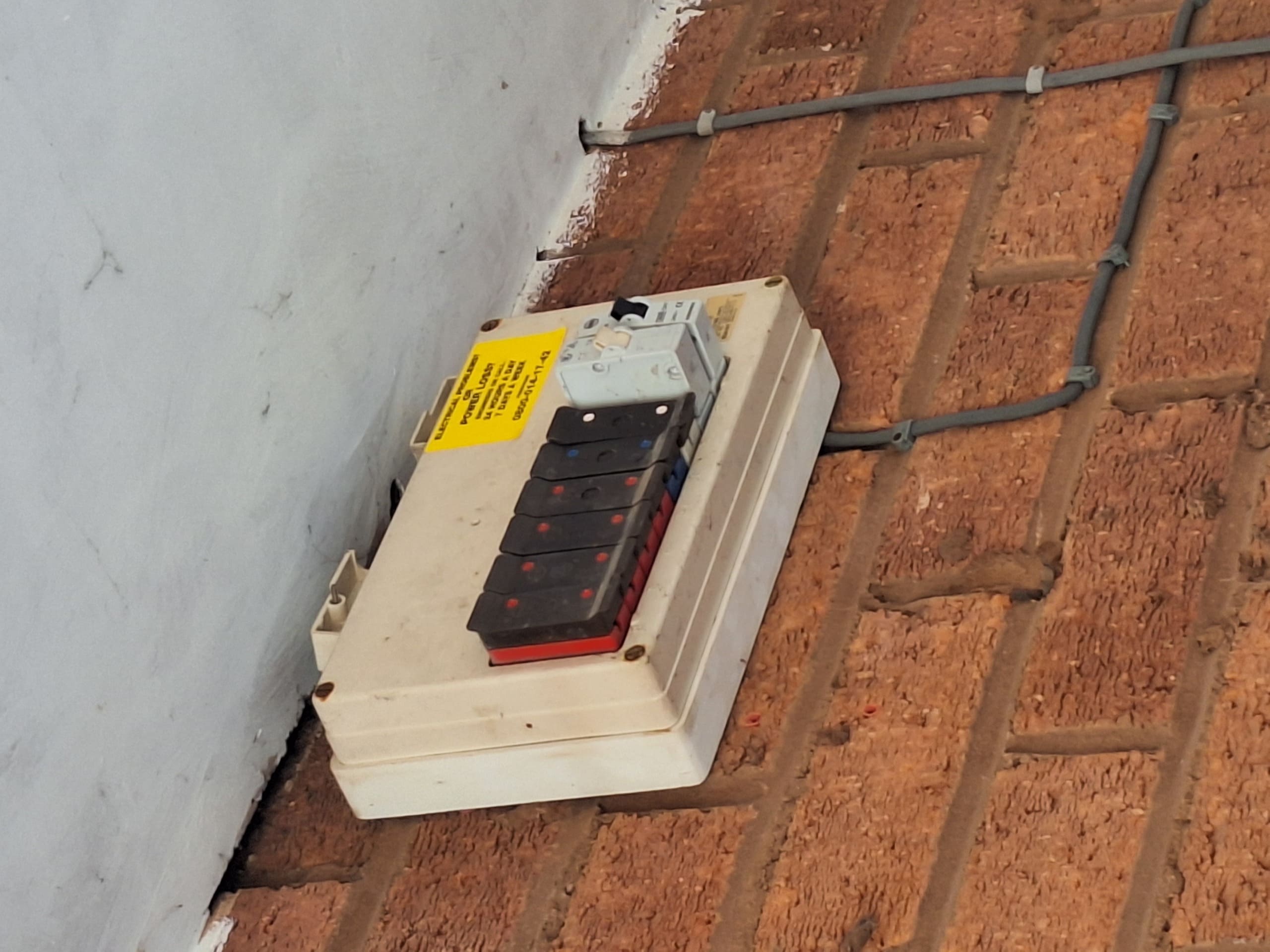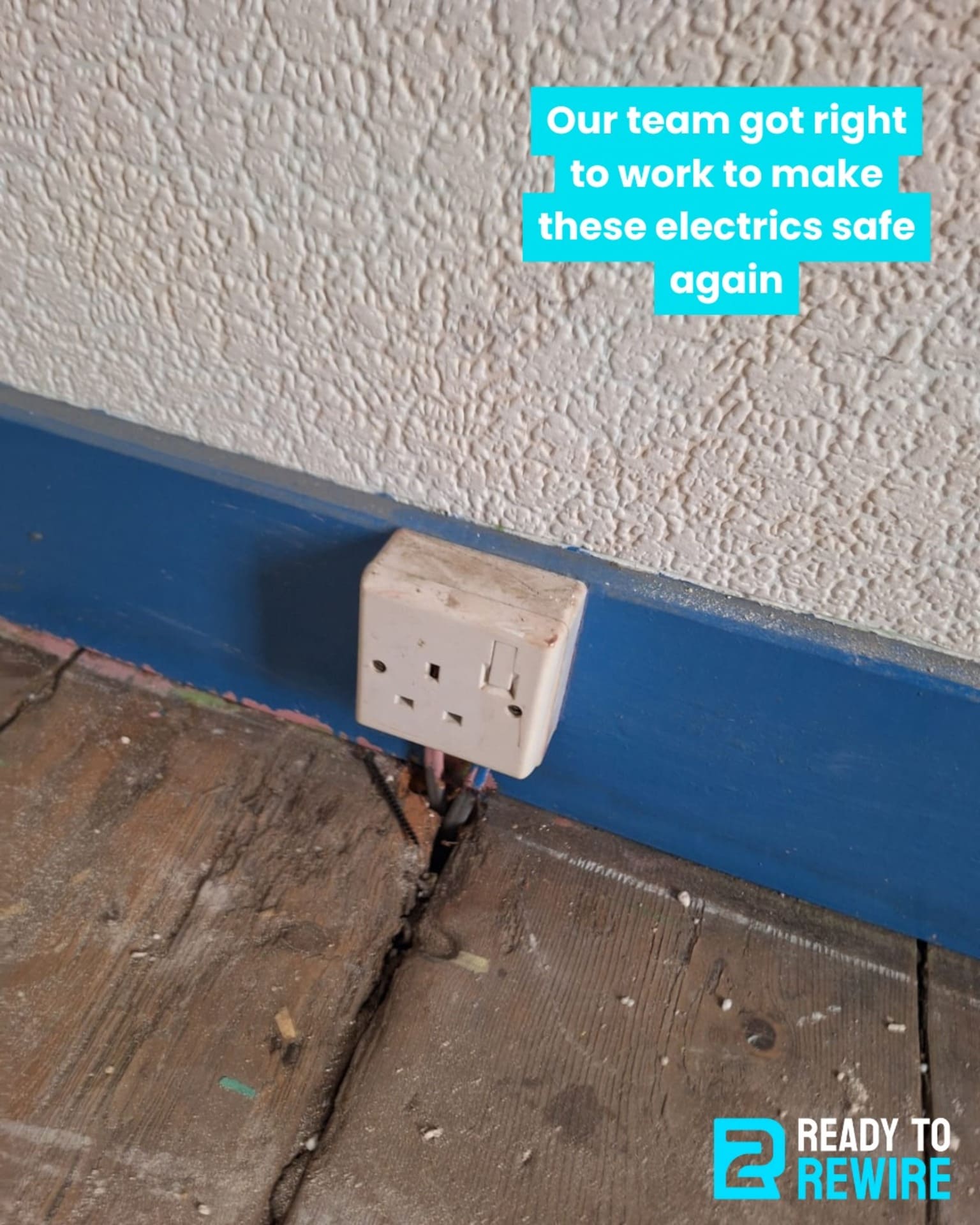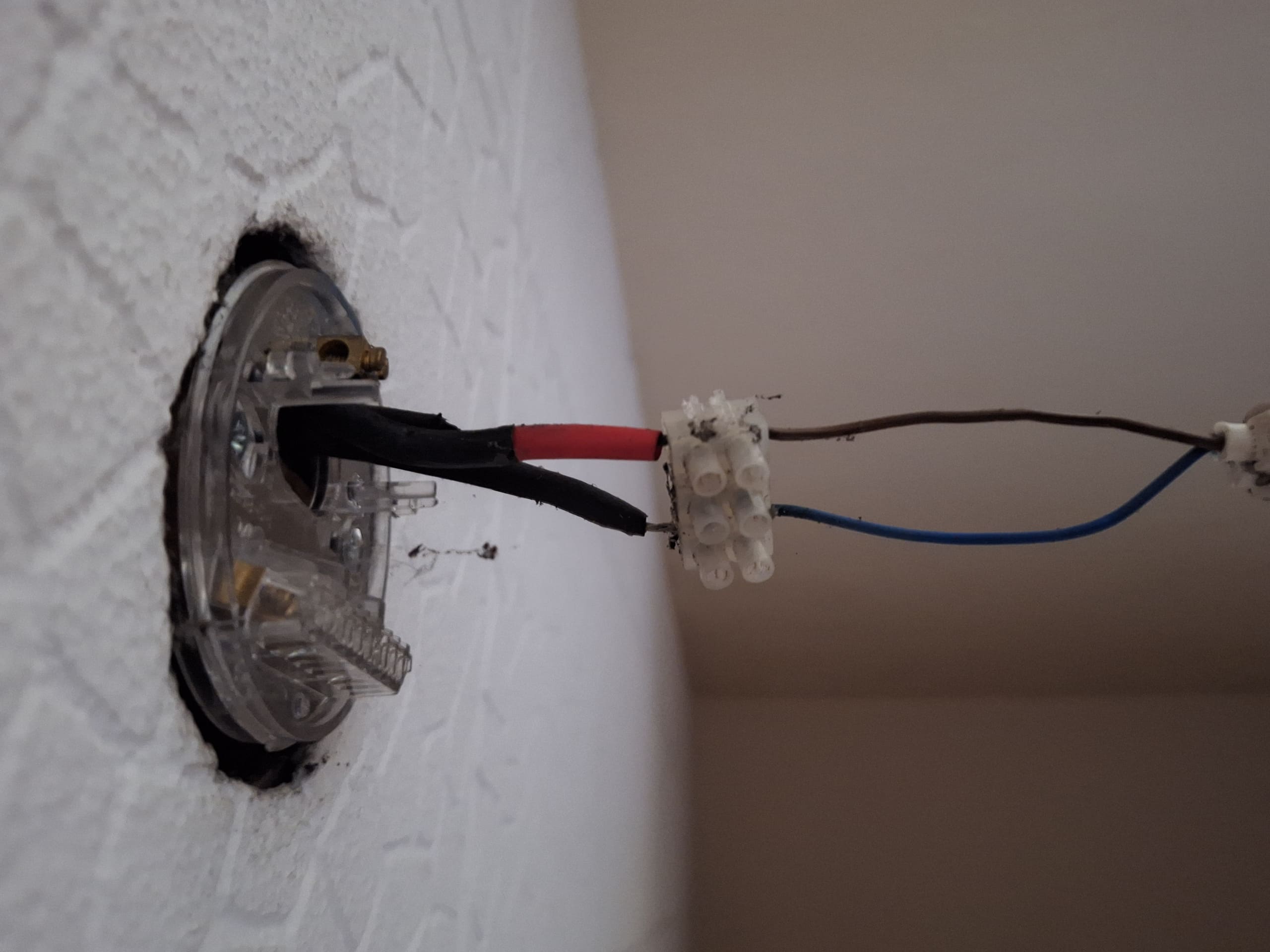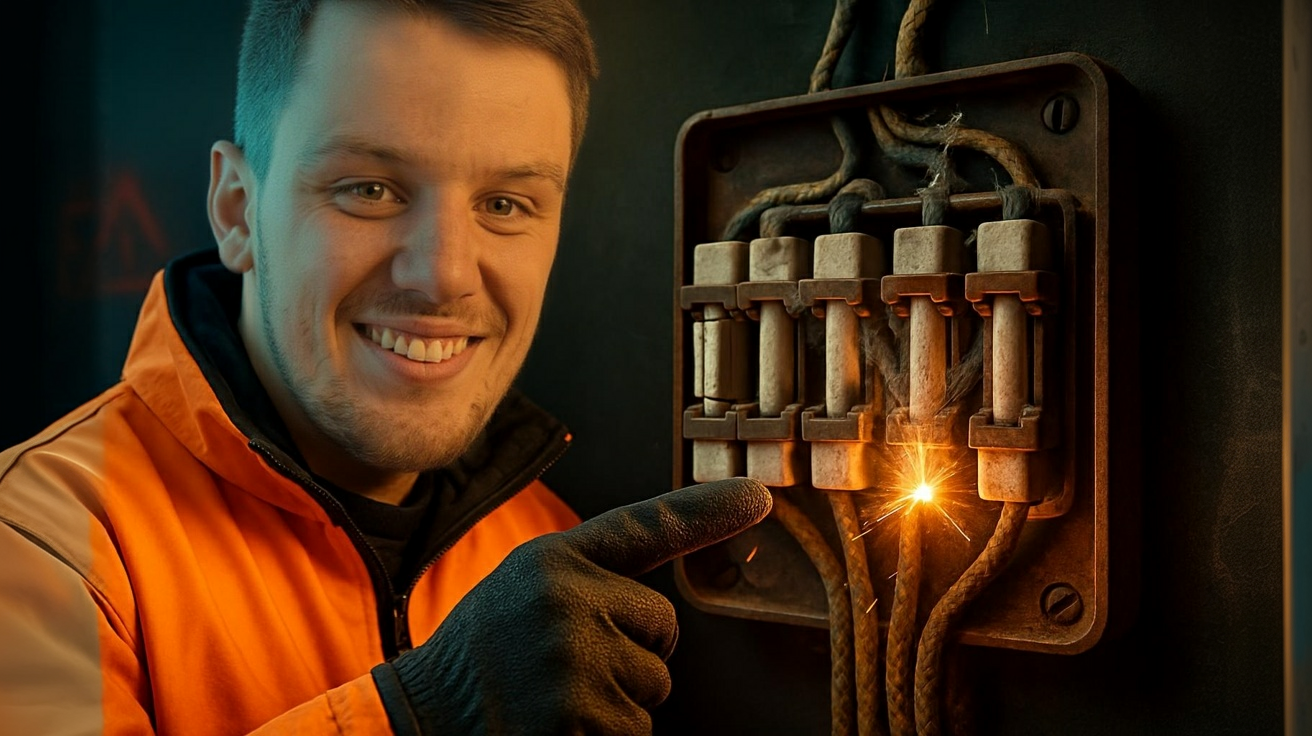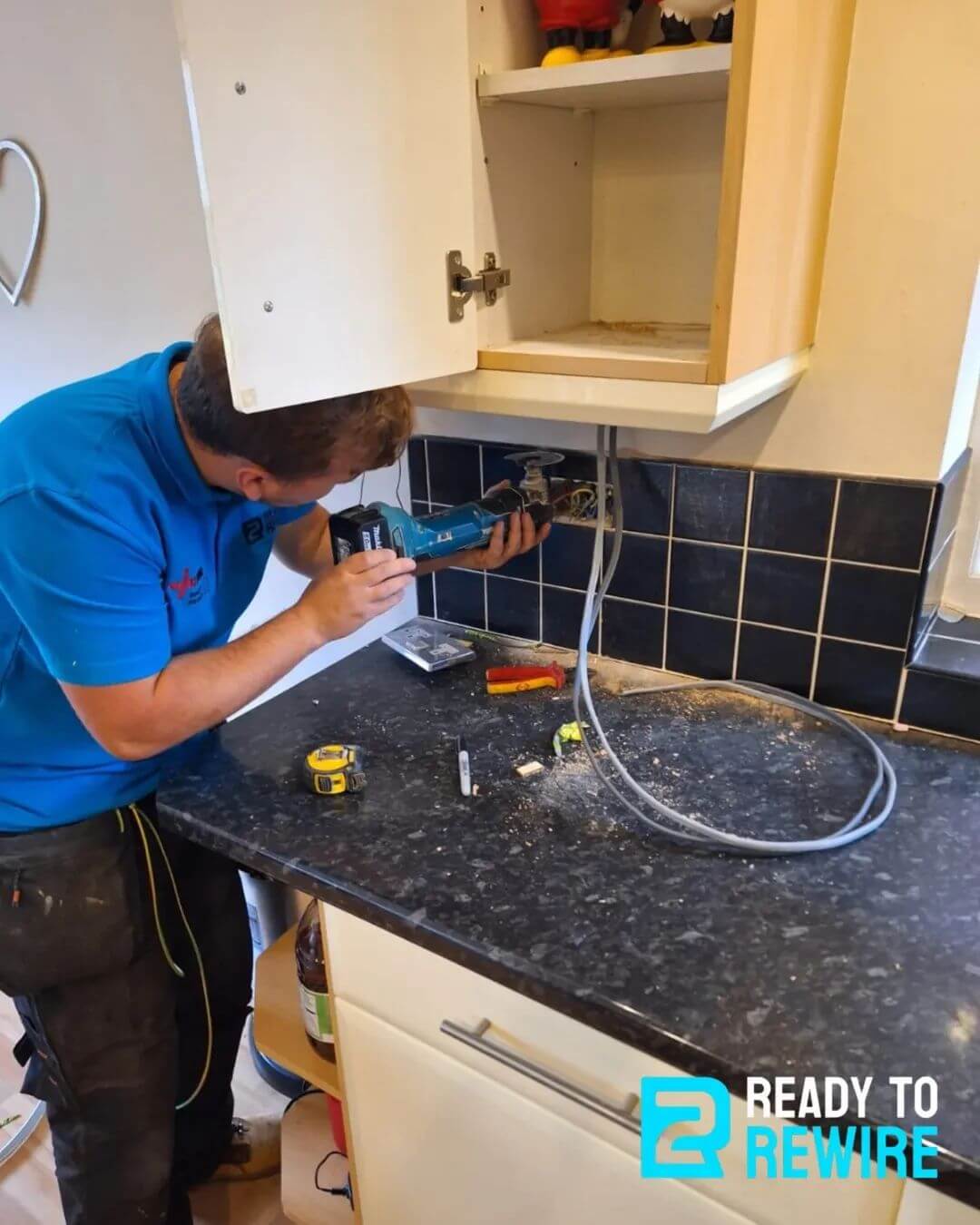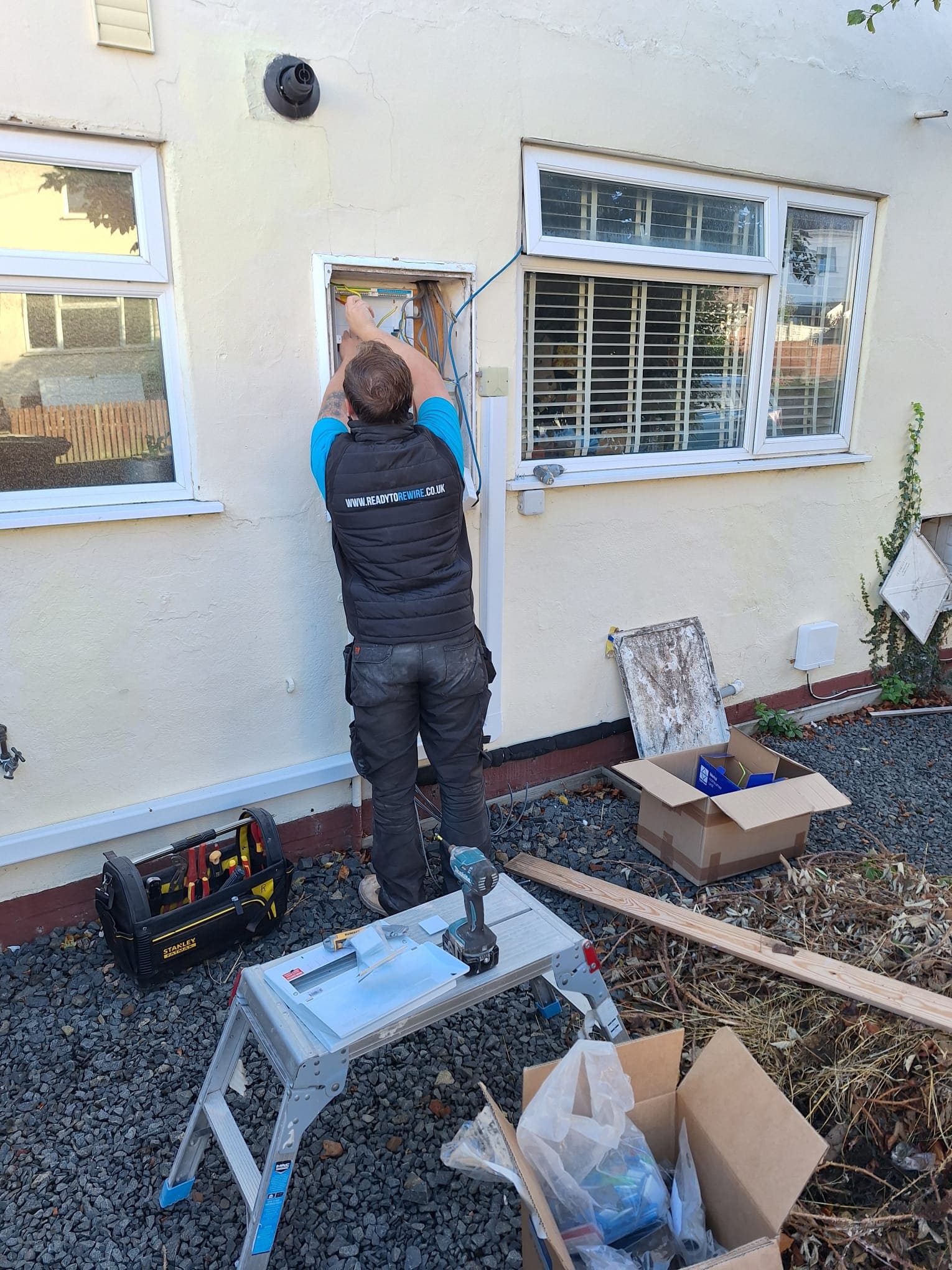Moving into a new home is exciting, but it can come with unexpected concerns, especially when it comes to the electrics. If your house is older, or you’ve noticed things like flickering lights or a dated fuse board, you might be wondering: “Is this safe?”
The truth is, electrical problems aren’t always obvious. Just because the lights turn on doesn’t mean your wiring is up to modern standards. And while not every older home needs an immediate rewire, it’s important to know what to look for, and when to call in a professional.
In this guide, we’ll walk you through the warning signs, simple checks you can do today, and how a proper inspection works, so you can move forward with confidence.
Red Flags in Older Homes
Most UK homes built before the 1980s weren’t designed for today’s electrical demands, let alone modern safety standards. If your property is over 30 years old and hasn’t had a full electrical upgrade, there’s a good chance it needs some attention.
That doesn’t mean it’s unsafe right now, but it does mean you should have it checked.
Look out for:
- A fuse board with ceramic fuses or wooden backing
- No RCD (residual current device) protection
- Visible surface-mounted wires running along skirting boards
- A general lack of sockets in rooms
Even if everything seems to be working, older wiring can deteriorate silently over time, posing a hidden fire or shock risk.
“Just because the lights work doesn’t mean the wiring is fine. We’ve seen beautiful homes with dangerous wiring hidden behind the walls.”
Visual Checks You Can Do Today
You don’t need to be an electrician to spot potential issues in your new home. Here are a few easy things you can check yourself:
Fuse Board
Open the consumer unit. If it’s an old-style fuse board with coloured wires, round fuses, or no RCD switches, it’s probably time for an upgrade.
Sockets & Switches
Look for signs of wear: yellowing plastic, cracks, loose fittings, or scorch marks. Are there enough sockets in each room, or are you relying on extension leads?
Everyday Function
Do lights flicker when you use the kettle or microwave? Do fuses trip regularly or unpredictably? These could be early signs of a deeper issue.
Unusual Setups
Cables running under carpets or through doorways are unsafe and outdated. If you spot anything DIY-looking, it’s worth a second opinion.
“If your sockets feel warm, or you hear buzzing or crackling from outlets, it’s definitely time to speak to an electrician.
What a Proper Inspection Involves
If you’re unsure about the condition of your home’s electrics, an EICR (Electrical Installation Condition Report) is the best place to start.
This professional inspection checks the full electrical system and identifies:
- Unsafe wiring or outdated components
- Overloaded circuits
- Poor earthing or bonding
- Signs of damage, wear, or DIY tampering
An EICR typically takes between 1.5 to 3 hours and results in a clear, written report. It will classify your system as either safe, requiring minor remedial work, or in need of urgent attention.
“Think of it as an MOT for your home’s electrics, simple, thorough, and potentially lifesaving.”
When to Call in a Professional
Some homeowners hesitate to call an electrician because they don’t want to feel pressured into a full rewire. But a reputable team (like ours) will assess the situation honestly and explain your options clearly.
Here’s when you shouldn’t wait:
- You’ve seen sparks, smelled burning, or felt heat from sockets
- You’ve just moved into a property over 25 years old
- You’re planning renovations or installing a high-load appliance (like an EV charger)
- You’re using lots of extension leads due to limited sockets
Even if you’re just unsure, it’s worth the peace of mind.
“One of our recent customers booked an inspection just to be safe, and we found scorching behind a lounge socket. A quick fix avoided a much bigger problem.”
Conclusion
If you’ve recently moved into a new home and something feels off with the electrics, don’t ignore it. Spotting the signs early, whether it’s an old fuse box, flickering lights, or warm sockets, can save you money and stress in the long run.
In many cases, a simple inspection is all it takes to confirm everything’s safe. And if something does need attention, we’ll talk you through it with clear pricing, honest advice, and a focus on what’s really necessary.
At Ready to Rewire, we’re here to help you feel safe, secure, and confident in your home.
👉 Book your free electrical safety check today and take the guesswork out of your new home’s electrics.


